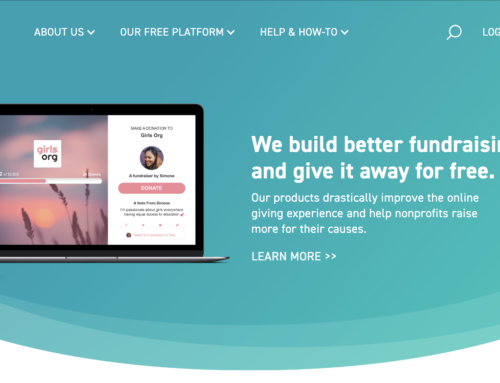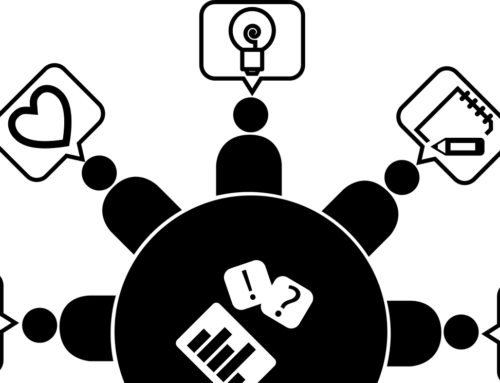Lately, I’ve been reflecting on my organization and its “culture of philanthropy.” I’m trying to figure out how I can help my co-workers understand the role they play in development. This is one of the most basic keys to success in fundraising. Right now, my main concern is consistently cultivating and communicating with donors. It’s clear that I need to reinforce some basic principles with staff.
Where better to start getting back to basics than focusing on the elements of the organizational culture to develop, according to research by the Evelyn & Walter Haas, Jr. Fund. This research identifies four key components in a culture of philanthropy:
- Shared Responsibility for Development
- Integration and Alignment with Mission
- A Focus on Fundraising as Engagement
- Strong Donor Relationships
When I look at these four elements of our organizational culture, I can think of a few places to start…
Shared Responsibility & Alignment with Mission: Share Development Updates
Creating a shared sense of responsibility for fundraising goals is key to high-performing fundraising programs. Sharing our development goals with the staff and keep them updated on our progress is a quick and easy way to get started. At the beginning of the fiscal year, I share the annual development plan . Even more importantly, I link them to program growth or new initiatives to relate to them and their work. Then, a three or four times a year I will share updates. Finally, I can let them know where we are behind and how that might affect our programs. Together, we can brainstorm some ways to get back on track to ensure we meet organizational goals.
Focus on Fundraising as Engagement: Improve Customer Service
No development person or office is an island. Your donors will interact with many members of the staff. Each of these interactions will either reinforce their connection to your organization or…not. Training all staff on basic customer service to ensure that they offer a consistent, donor-centric experience.
Strong Donor Relationships: Cultivate an Attitude of Gratitude
Ultimately, the donors and members make our jobs and work possible. I believe in our organization and our mission, and I am grateful to them for allowing me to do this work. A big part of my job is to model this attitude of gratitude, as well as create opportunities for other staff to participate.






